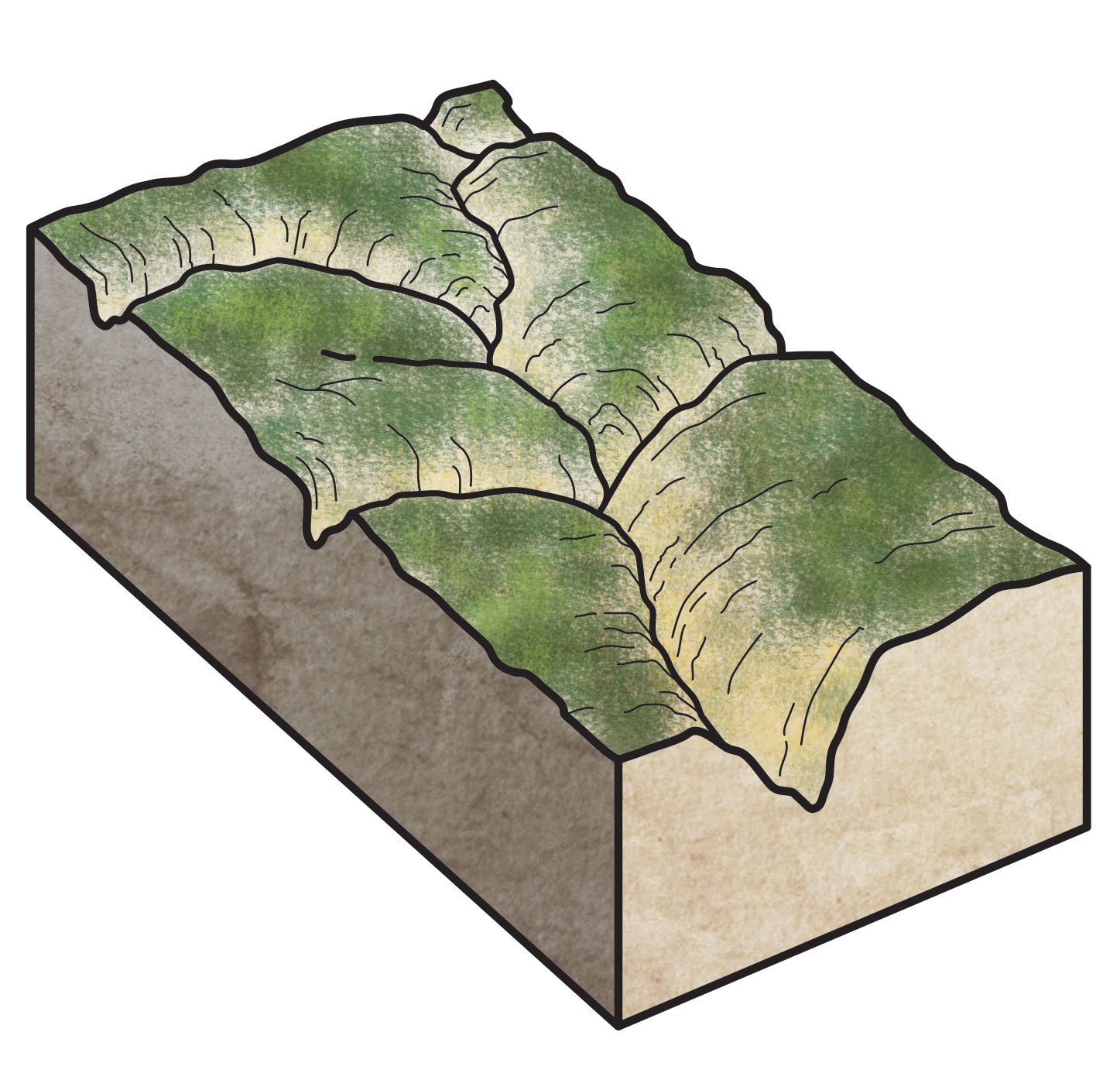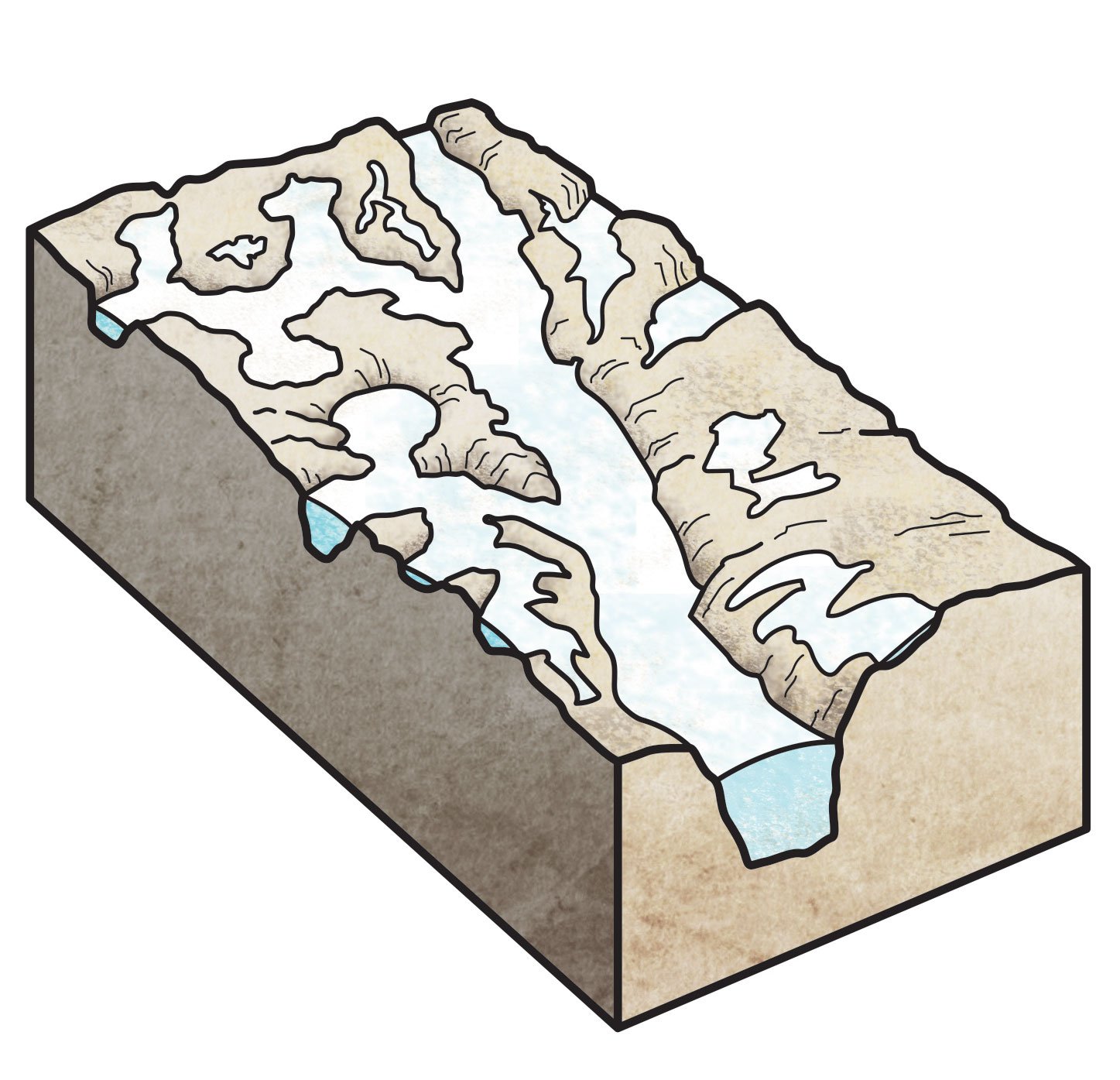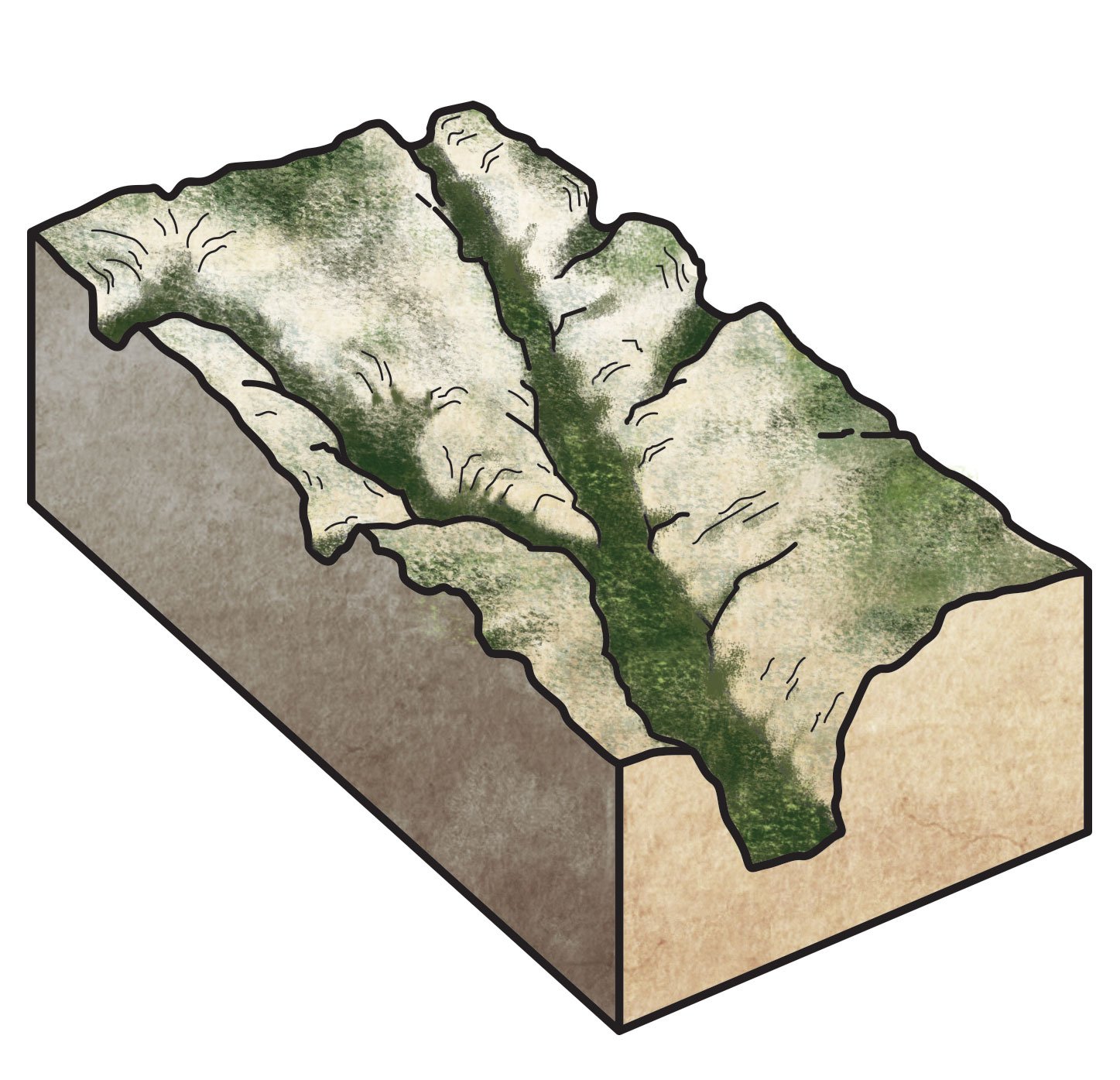
Yosemite Valley—Colossal Ice Carving
Geology
Beautiful mountains and breathtaking valleys adorn our planet. Each one speaks of God’s handiwork, but they were formed by water and ice in judgment, not creation.
As we travel to earth’s breathtaking landscapes, we often hear gasps of wonder, “What a beautiful world God made!”
Yes, it’s beautiful. The spacious skies and mountain majesties direct our thoughts toward our Maker. Yet none of these landscapes is the way God originally created it. The beauty resulted from catastrophic processes that reshaped the planet. So every time we see a majestic mountain scene or valley, we should take the time to ponder God’s dealings with human sin during the Flood and its profound impact on the planet.
The sheer granite walls and flat valley floor at Yosemite Valley are telltale signs that glaciers once passed this way.
Consider Yosemite Valley, one of the most popular tourist sites in California. This spectacular U-shaped valley is carved into the western slope of the Sierra Nevada Mountains, 150 miles (240 km) east of San Francisco. It stretches 7.5 miles (11 km), with an average width of about 1 mile (1.6 km) and sheer granite cliffs towering 3,000–4,000 feet (900–1,200 m) on either side. Creeks cascade from hanging side valleys down into the main valley.
If God didn’t create this beautiful valley in the very beginning, how did it happen?
The story behind most land features is more complicated than simply “water ran off the continent at the end of the Flood.” In the centuries following the Flood, the earth endured a series of major catastrophic adjustments as the land settled back into relative quiet. Continents rose and valleys fell. Even the climate changed, producing a brief Ice Age with massive glaciers that scoured the earth.
The Sierra Nevadas
Consider the landscape one step at a time. First, where did the Sierra Nevadas come from before the U-shaped valley was carved into them? During the Flood many sedimentary rock layers were deposited right across the North American continent, as the ocean waters rose and flooded it. Late in the Flood, the moving tectonic plates shoved some of the new Pacific Ocean floor down under the western edge of North America. As the ocean floor sank (subducted), the heat at depth caused the adjacent rock above to melt, producing granite magmas. The compression in this collision zone squeezed the granite magmas into the sediment layers above. At the same time, the layers were being buckled and uplifted, producing the Sierra Nevadas.
When the granite magmas squeezed up into the buckled sedimentary layers, they cooled and crystallized in large bulbous masses, about 30,000 feet (9,150 m) below the surface. These cooling granites also contracted, resulting in parallel fractures at right angles to one another.
As the Flood waters retreated, catastrophic erosion scoured the uplifting mountains. Most of the sedimentary layers were removed by the retreating water and exposed the more resistant bulbous granite masses. Despite all this erosion, the uplifted Sierra Nevadas still rose to over 14,000 feet (4,270 m) above sea level.
The fractures influenced the direction of the weathering and erosion of the granite masses. Another factor was the peeling off (spalling) of sheets on the surface of the granites, often leaving behind large granite domes. In the early post-Flood decades, heavy rainfall eroded the deep Merced River Valley. The water, which was flowing in tributaries, could not cut into the more resistant granite walls and thus tumbled over waterfalls into the valley.
The Yosemite Valley
With the onset of the post-Flood Ice Age, the rapidly accumulating thick snows high in the Sierra Nevadas moved down the slopes to collect in valleys and grow into glaciers. As the glaciers then moved down from the tributaries into the Merced River Valley, rock debris within the ice underneath and at the edges of the thick glaciers scoured the valley floors and sides. Thus, what became the Yosemite Valley deepened dramatically. The valley floor was flattened so that the high granite cliffs on either side of the valley produced the U-shaped profile. And the tributaries became hanging valleys, with waterfalls today cascading over the now-towering granite cliffs down to the deep valley floor.
At its peak the glacier in Yosemite Valley was nearly half a mile deep (at least 2,000 feet [600 m] thick). The weathering and erosive power of this glacier was immense. Almost half of one granite dome on the valley’s edge eroded away. After the glacier melted away at the end of the Ice Age, it left behind today’s famous Half Dome.
Similar glacially eroded U-shaped valleys are found in the Rockies, the mountainous regions of Montana, the Scottish Highlands, Scandinavia, New Zealand, Canada, the European Alps, and the Himalayas.
Though beautiful, these landforms remind us that catastrophe has marred a beautiful world that was once untouched by sin, and we look forward to a new heaven and earth with even more indescribable beauty to come.
Answers Magazine
January – March 2015
This issue clears up ten common misconceptions about the Flood. Also discover the most profound evidence for creation on the planet.
Browse IssueRecommended Resources

Answers in Genesis is an apologetics ministry, dedicated to helping Christians defend their faith and proclaim the good news of Jesus Christ.
- Customer Service 800.778.3390
- Available Monday–Friday | 9 AM–5 PM ET
- © 2025 Answers in Genesis







